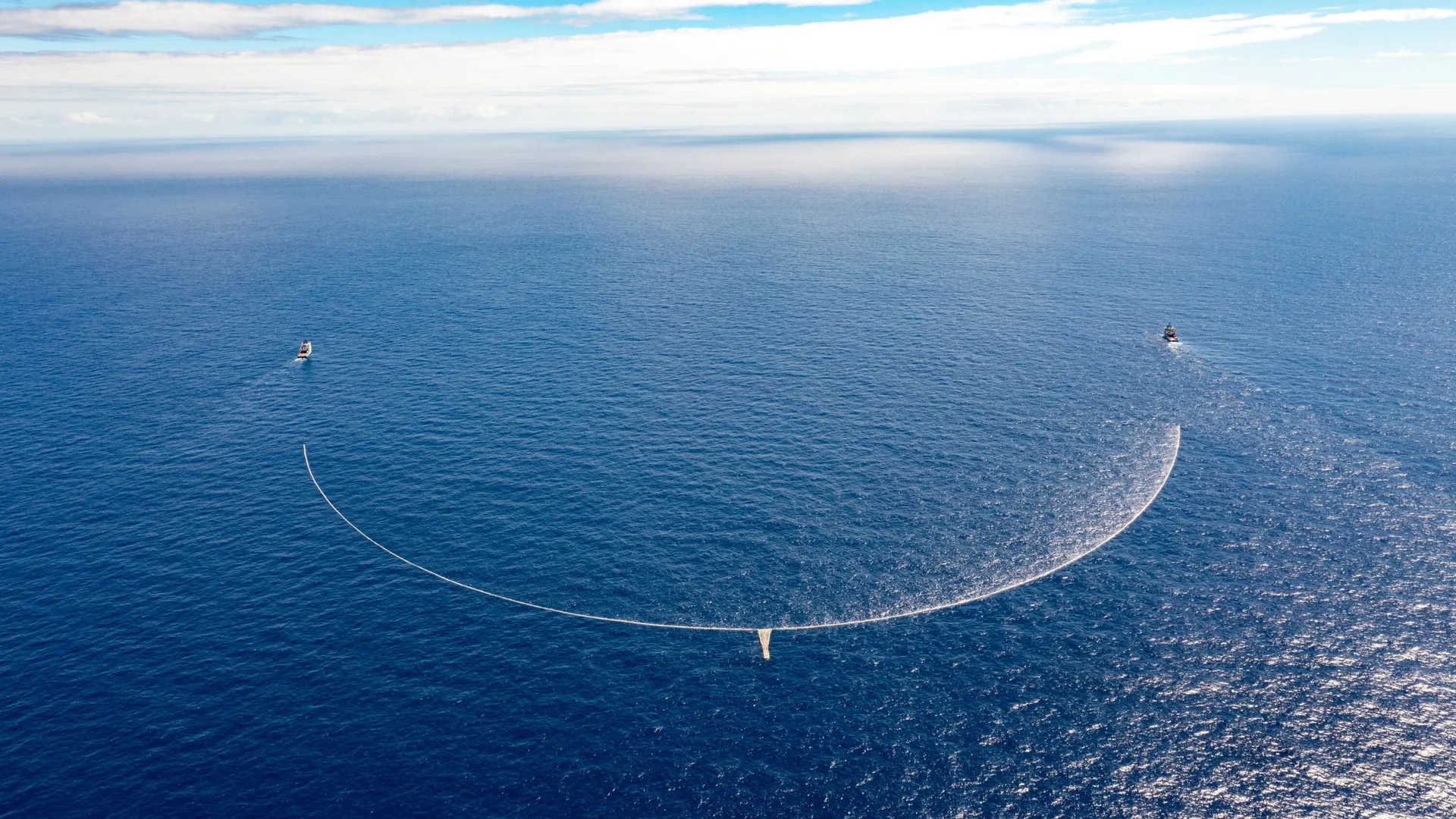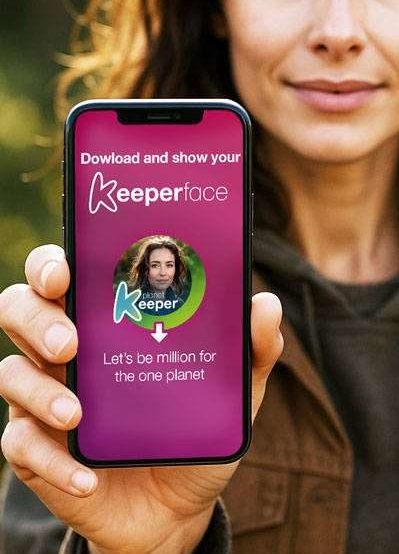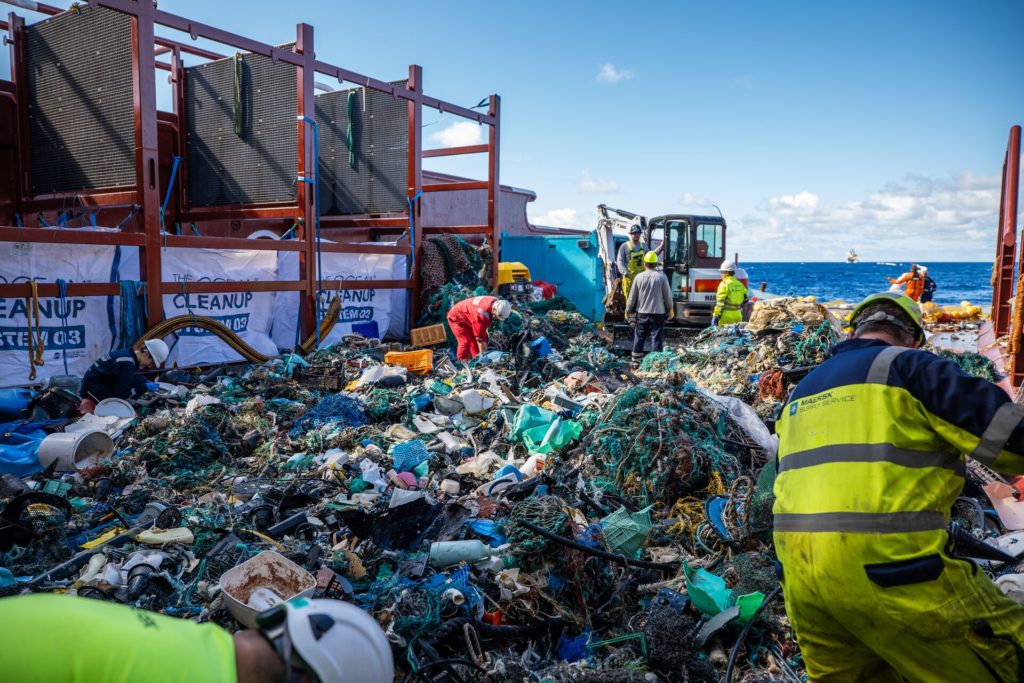The Spark of a Dream: The Genesis of the Project
In 2011, at just 16 years old, Boyan Slat experienced a life-changing moment while diving in Greece: he saw more plastic debris than fish. Back home in the Netherlands, he couldn’t shake off the alarming sight. He began pondering a solution: instead of chasing debris, why not use the natural forces of the ocean to let the plastics come to us?
Two years later, in 2013, he founded The Ocean Cleanup. His vision quickly resonated worldwide, leading to record-breaking crowdfunding that financed the first feasibility studies.
How the Cleanup Systems Work
At the heart of the project are passive floating barriers shaped like “U” or “V” curves. These barriers drift with the currents but move slower than the plastic debris, allowing the plastics to collect naturally inside the system. With no motors or active propulsion, only the ocean’s natural energy is harnessed, making the project environmentally sustainable.
Once the debris accumulates, it is retrieved by specialized ships, sorted, and recycled. Some of the collected plastics are used to create commercial products, with profits helping to fund further cleanup efforts.
A First Success in the Great Pacific Garbage Patch
After several prototypes and years of testing, The Ocean Cleanup reached a major milestone in 2019 by successfully capturing its first kilograms of plastic from the Great Pacific Garbage Patch (GPGP) — the largest accumulation zone of marine debris in the world, located between California and Hawaii.
By 2022, the organization announced it had removed over 100,000 kg of plastic waste, including ghost fishing nets, degraded everyday objects, and microplastics.
Tackling the Source: Rivers
Cleaning up the oceans is vital, but stopping plastic at its source is crucial. It is estimated that 1,000 rivers are responsible for about 80% of ocean-bound plastic. To address this, The Ocean Cleanup developed the Interceptor, an automated system designed to collect river waste.
The concept is simple: a semi-autonomous catamaran equipped with a conveyor belt gathers floating debris and moves it into onboard containers for proper disposal on land. Interceptors have already been deployed in Malaysia, Vietnam, Indonesia, and Jamaica, demonstrating high effectiveness even in heavily polluted environments.
Results and Long-Term Ambitions
The stated goal of The Ocean Cleanup is bold: to reduce floating ocean plastic by 90% by 2040.
To achieve this, the organization plans to scale up its ocean-cleaning fleet with multiple operational systems working across different garbage patches, while also deploying more Interceptors in strategic rivers around the world.
Additionally, collected plastics are upcycled into premium recycled products, helping to fund ongoing operations and reinforce the project’s sustainability.
Technical Challenges and Criticisms
Despite its successes, The Ocean Cleanup faces many challenges:
• Material Durability: Systems must withstand harsh oceanic conditions.
• Efficiency: Some experts argue that while cleanup is valuable, prevention at the source is even more critical.
• Environmental Impact: Systems must not harm marine life — so far, no major ecological disruptions have been observed.
Boyan Slat openly acknowledges the complexity of the issue: “Cleaning the oceans is not the only solution. But if we do nothing, the problem will only get worse,” he often reminds.
A Source of Inspiration for the Future
The Ocean Cleanup presents itself not as the ultimate solution to the plastic crisis but as a symbol of positive action. The project has inspired thousands of young people worldwide and has catalyzed new initiatives focused on ocean conservation and waste management.
It also reinforces a fundamental principle: facing environmental challenges requires innovation, commitment, and international collaboration.
With The Ocean Cleanup, Boyan Slat and his team show us that while we may not be able to turn back time, we can at least repair what we have broken.
Planet Keeper’s Support
Aware of the critical need to preserve oceans for future generations, Planet Keeper is committed to supporting The Ocean Cleanup project. Through the energy of its subscribers and the proactive involvement of its KeeperFace community, Planet Keeper aims to contribute to the funding of cleanup systems and promote sustainable technologies for capturing plastic waste. This project exemplifies Planet Keeper’s mission: to act concretely in restoring fragile ecosystems and supporting innovative, high-impact environmental solutions.




